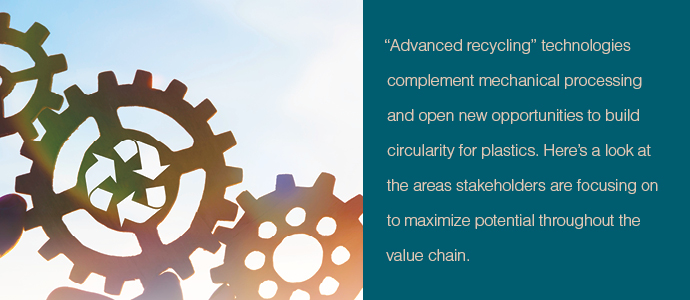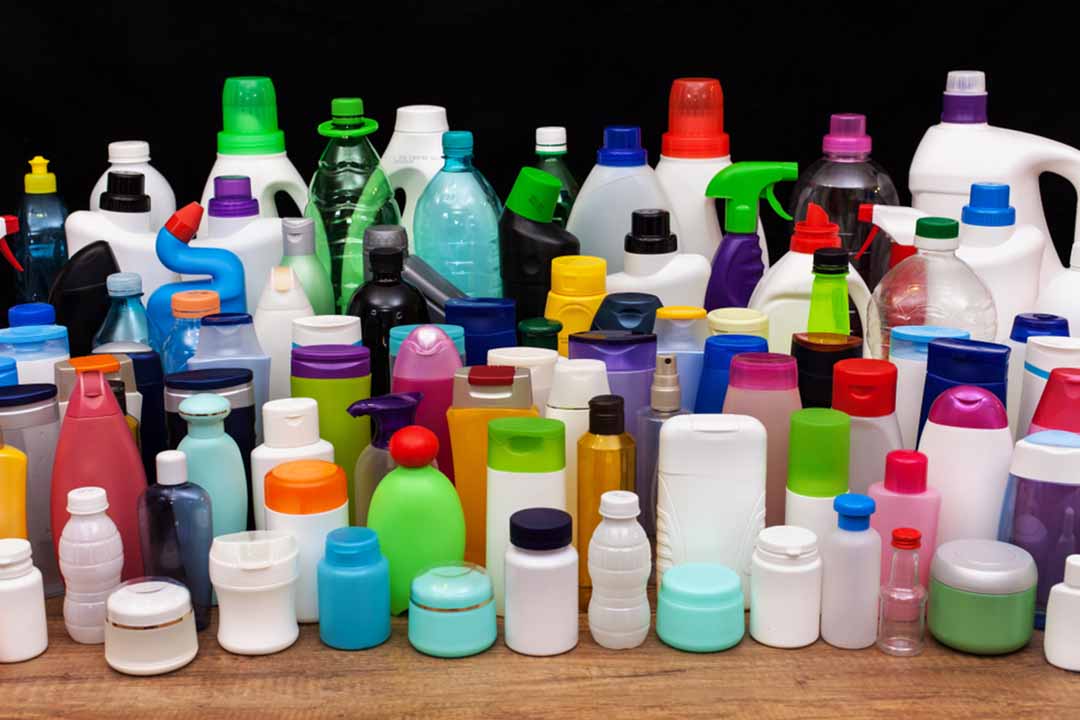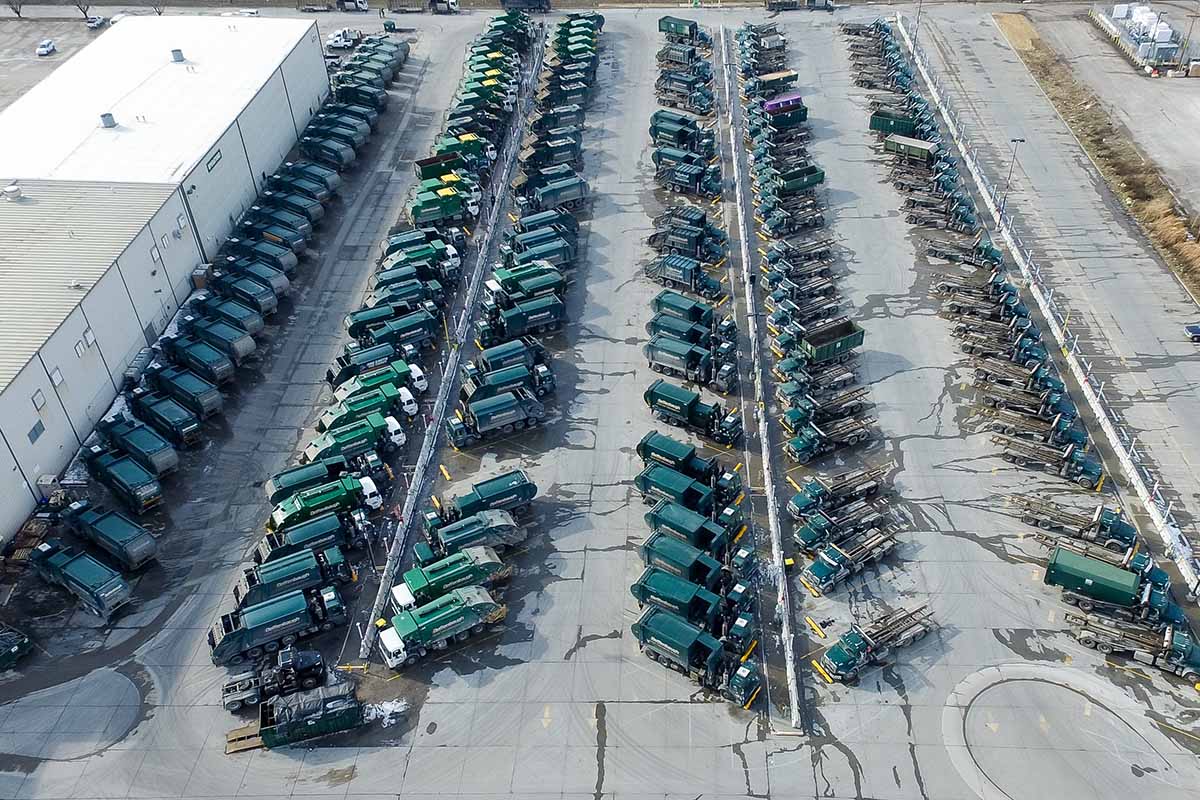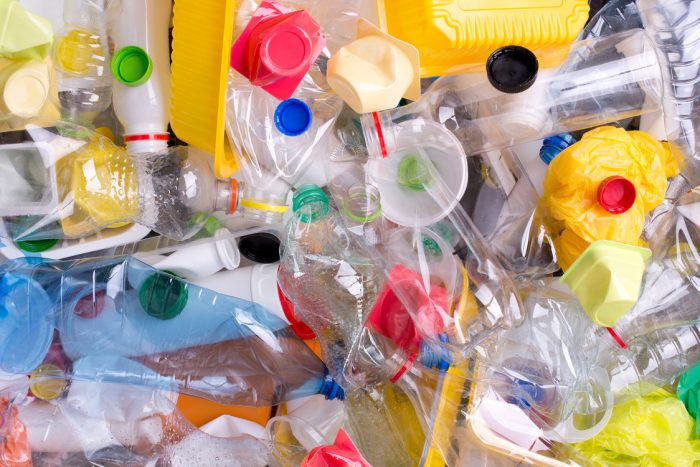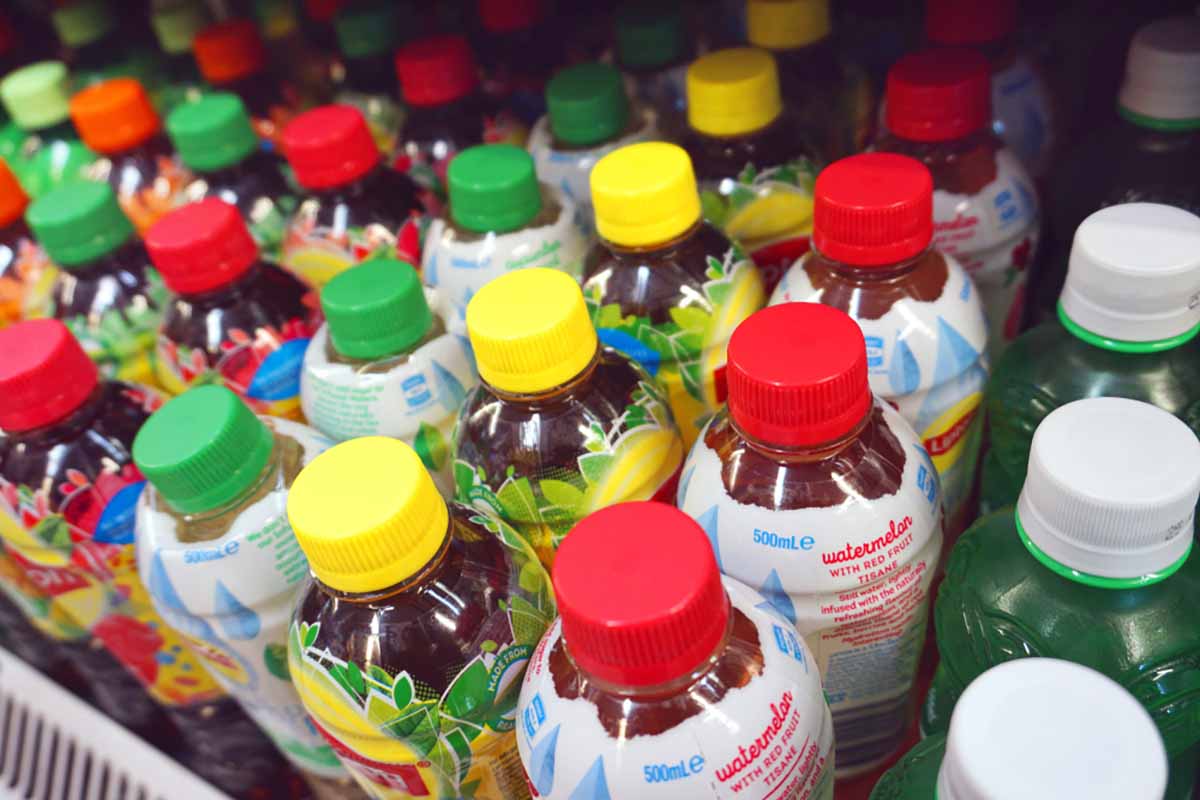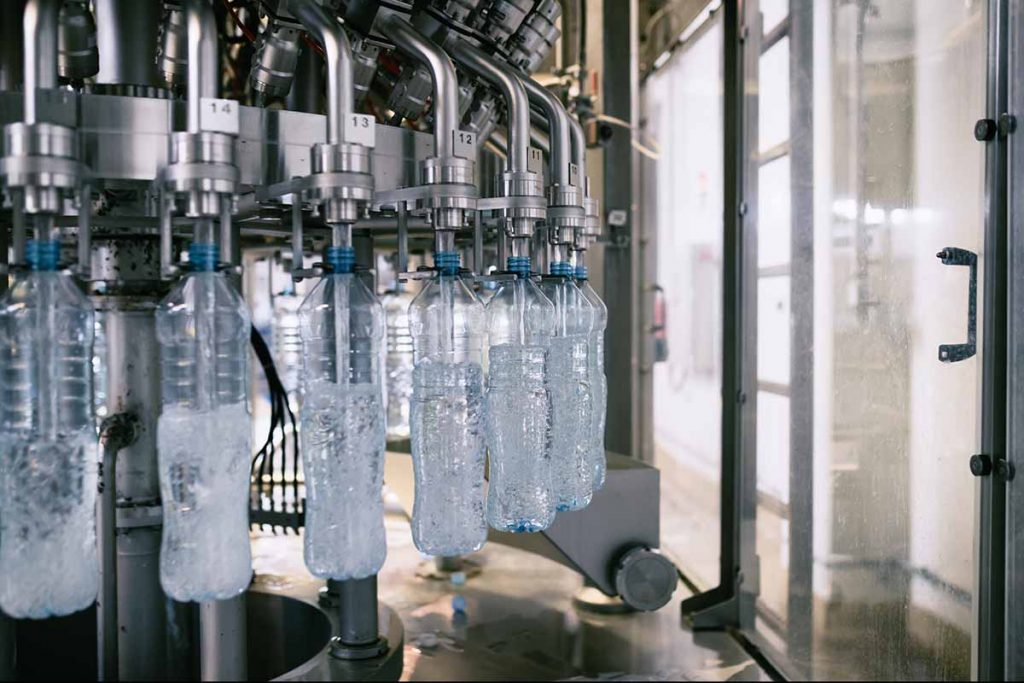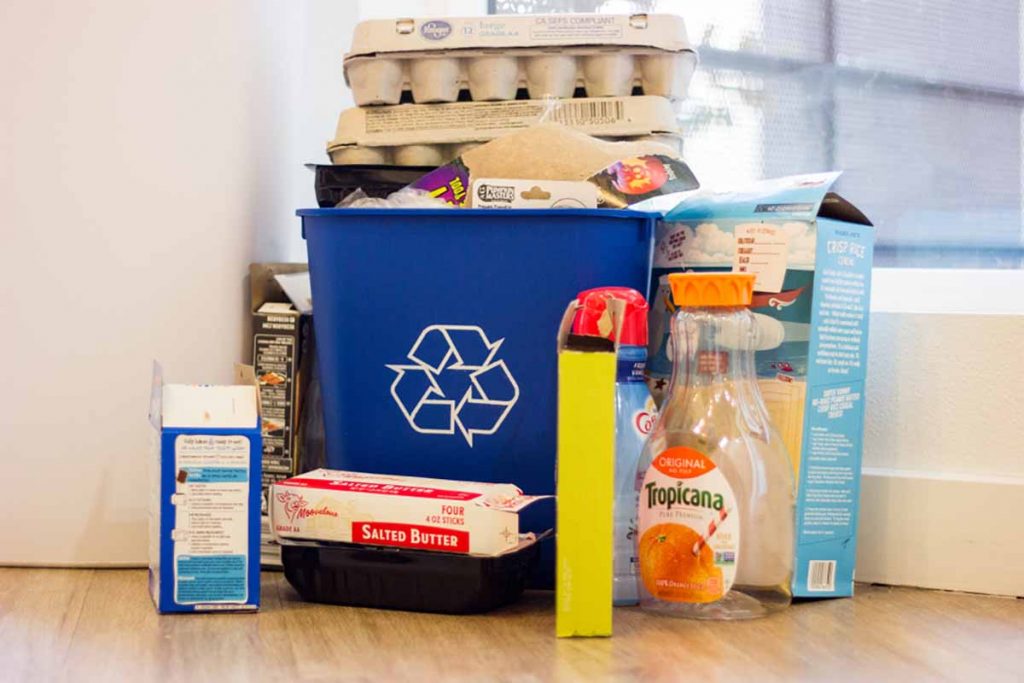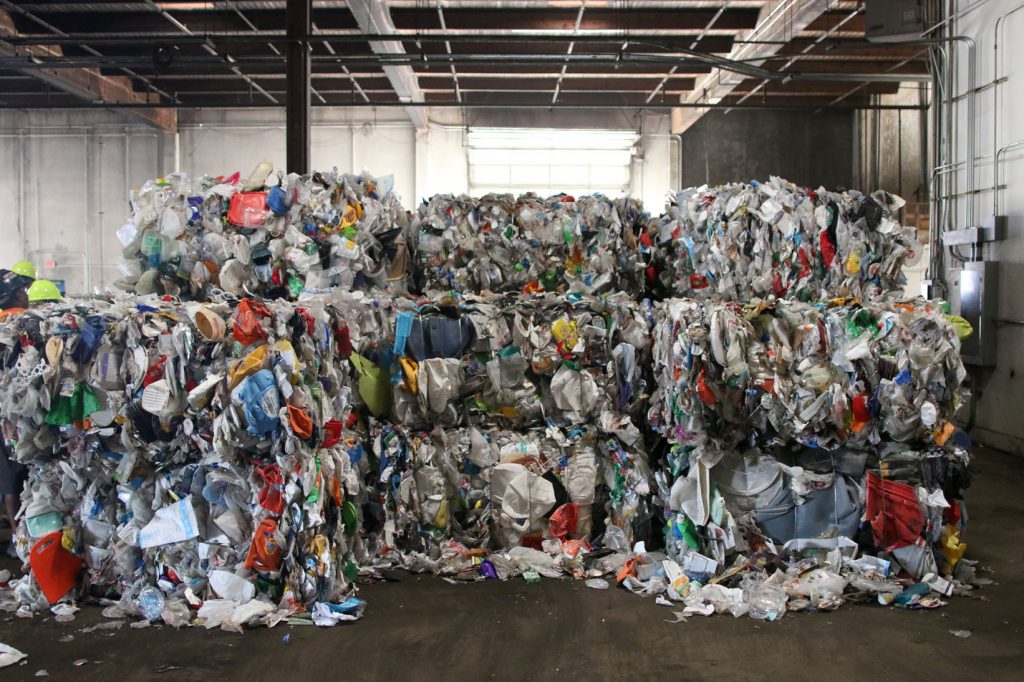
Bales of plastic material for sortation at the Pacific Northwest demonstration facility. | Jared Paben/Resource Recycling, Inc.
Following a similar demonstration in the Pacific Northwest last year, industry stakeholders are launching an initiative to recover additional material from the municipal stream in New York and four other states.




